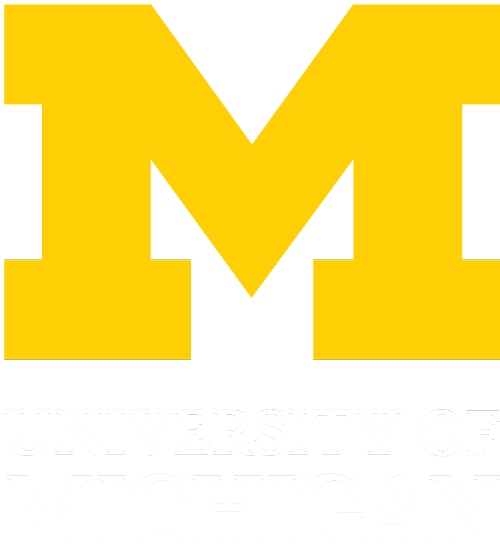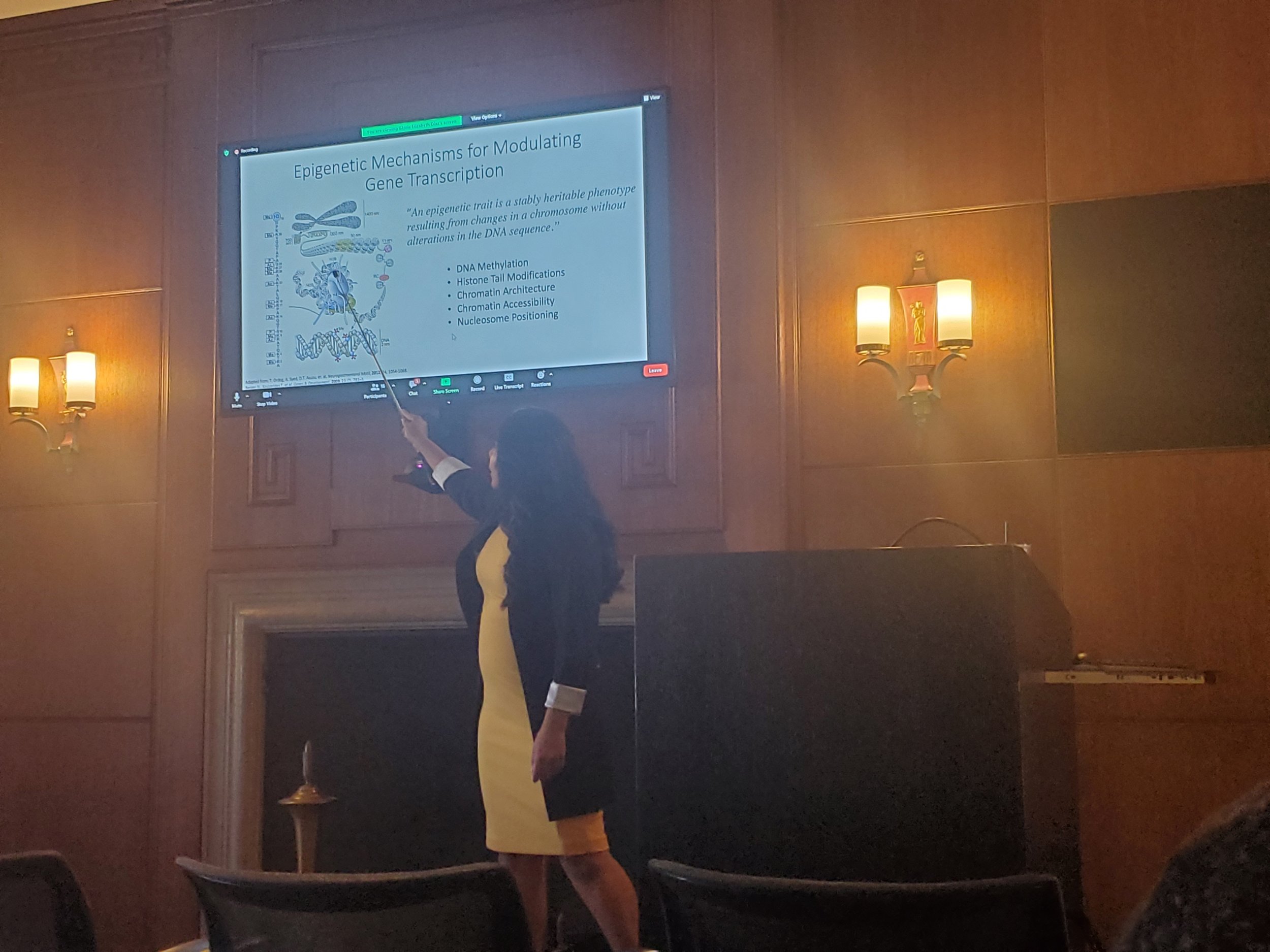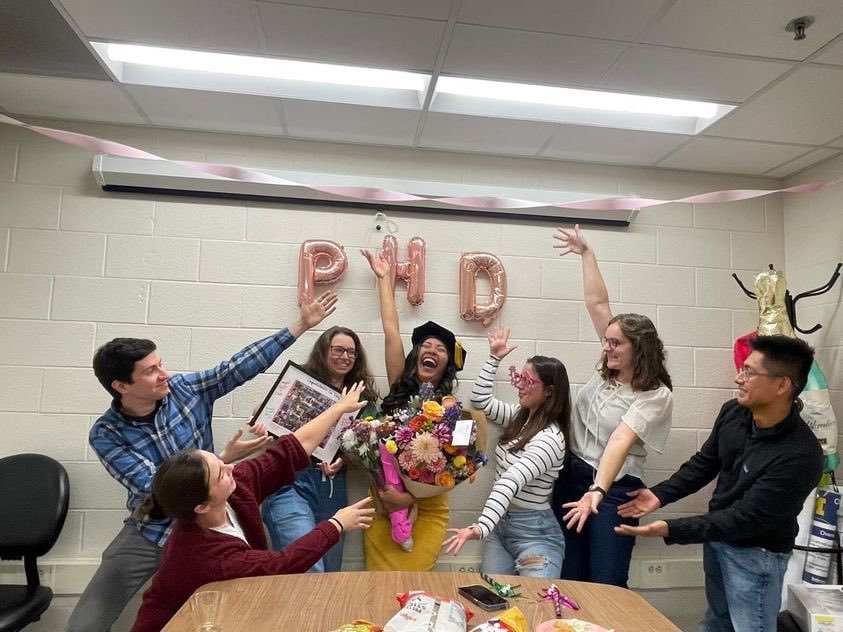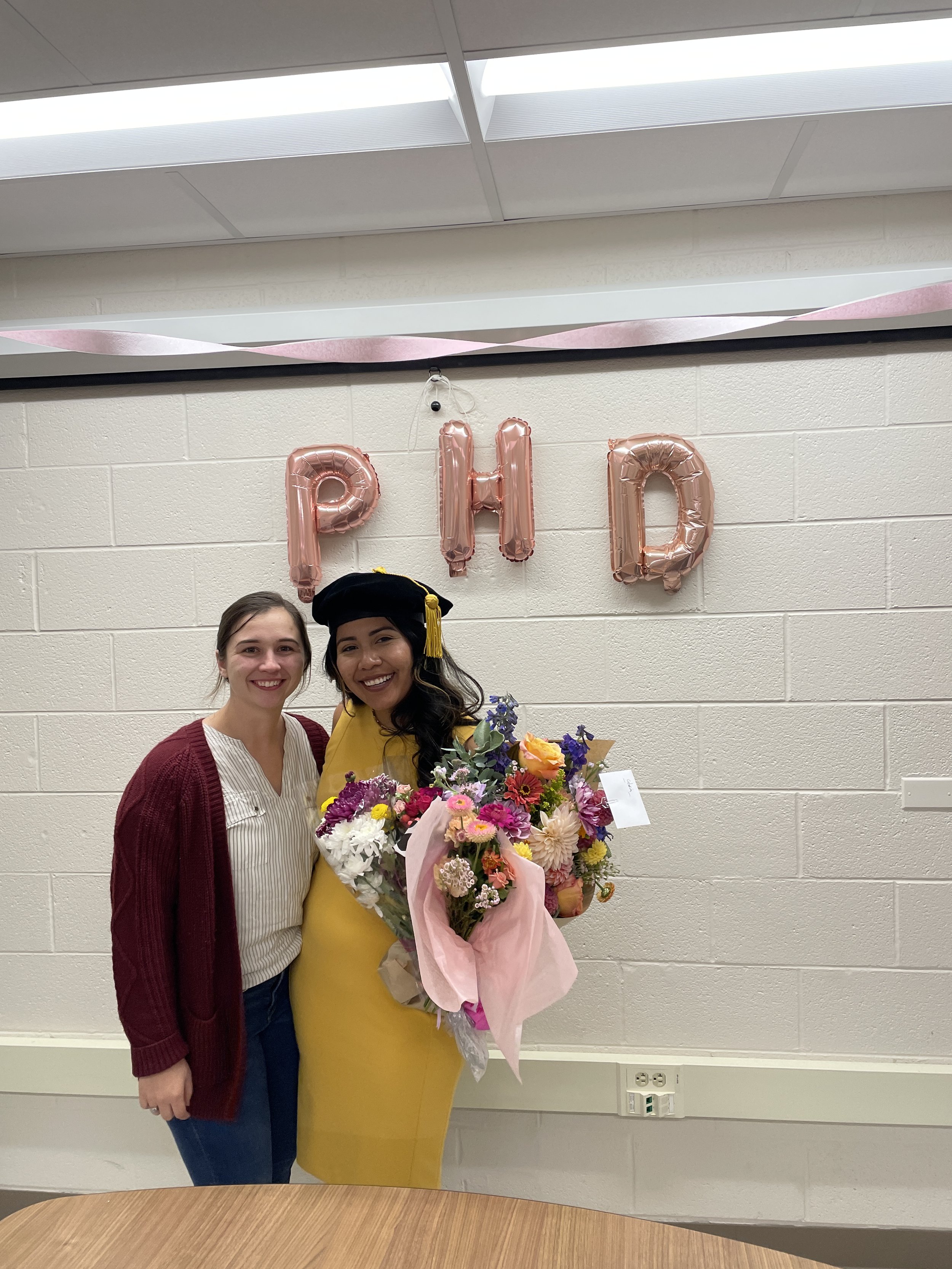At the end of May, 5th-year Ph.D. candidate Claire Cook traveled to Tallahassee, Florida for the 39th International Symposium on Microscale Separations and Bioanalysis. Claire’s talk, titled “CellMag-CARWash: A Droplet Microfluidic, Isolation Technique for Highly Pure, Single-Cell Populations”, was presented in the Cellular Analysis II session. She gave a great presentation, followed by many questions and conversations about her work.
Outside of the conference, Claire enjoyed soaking up the warm Florida weather and spending time with our lab neighbors from the Kennedy Group.




























































